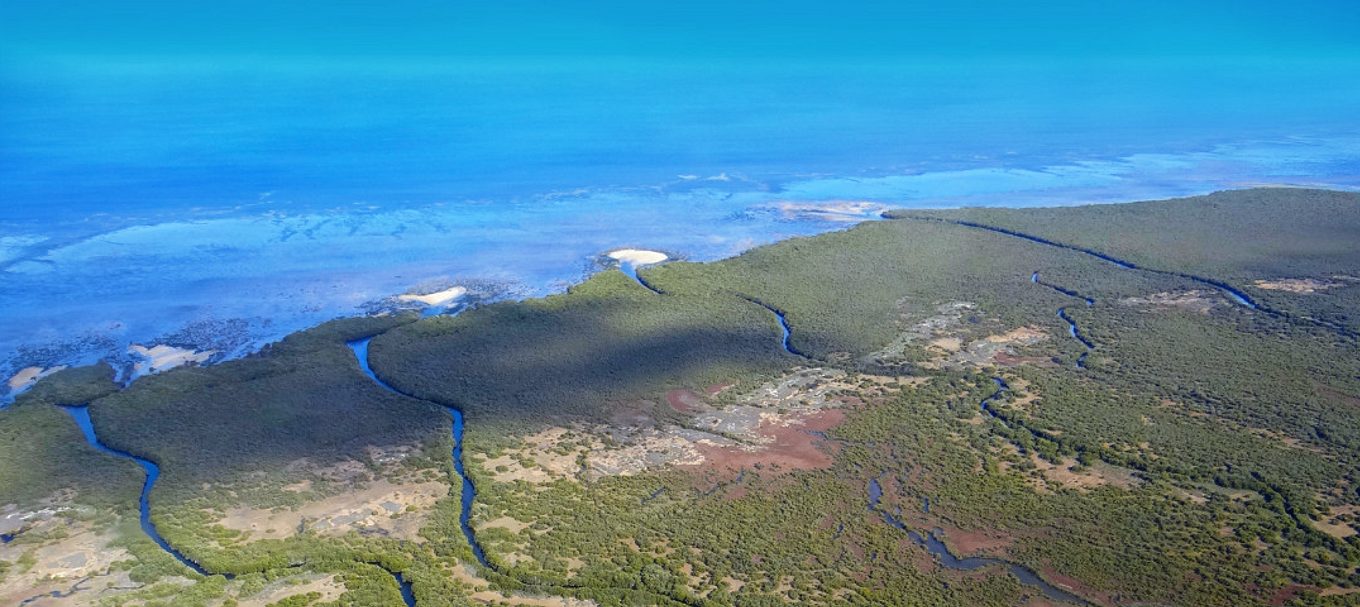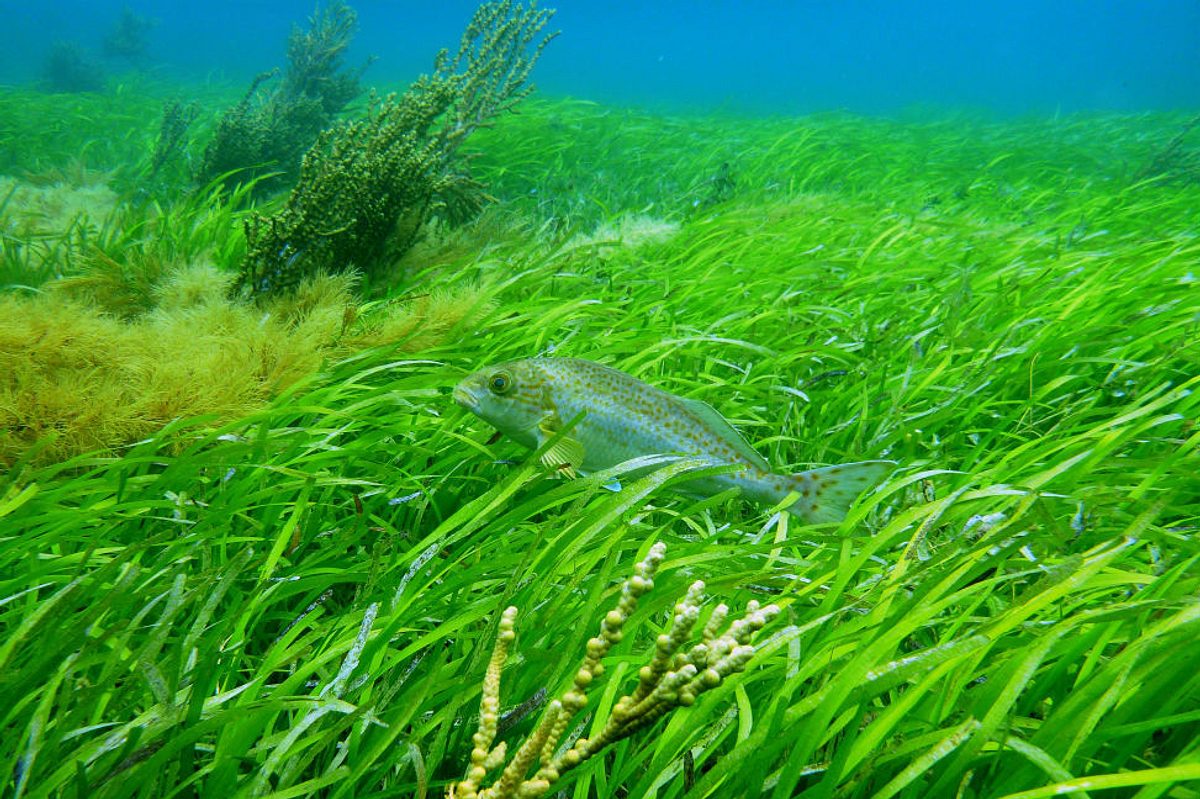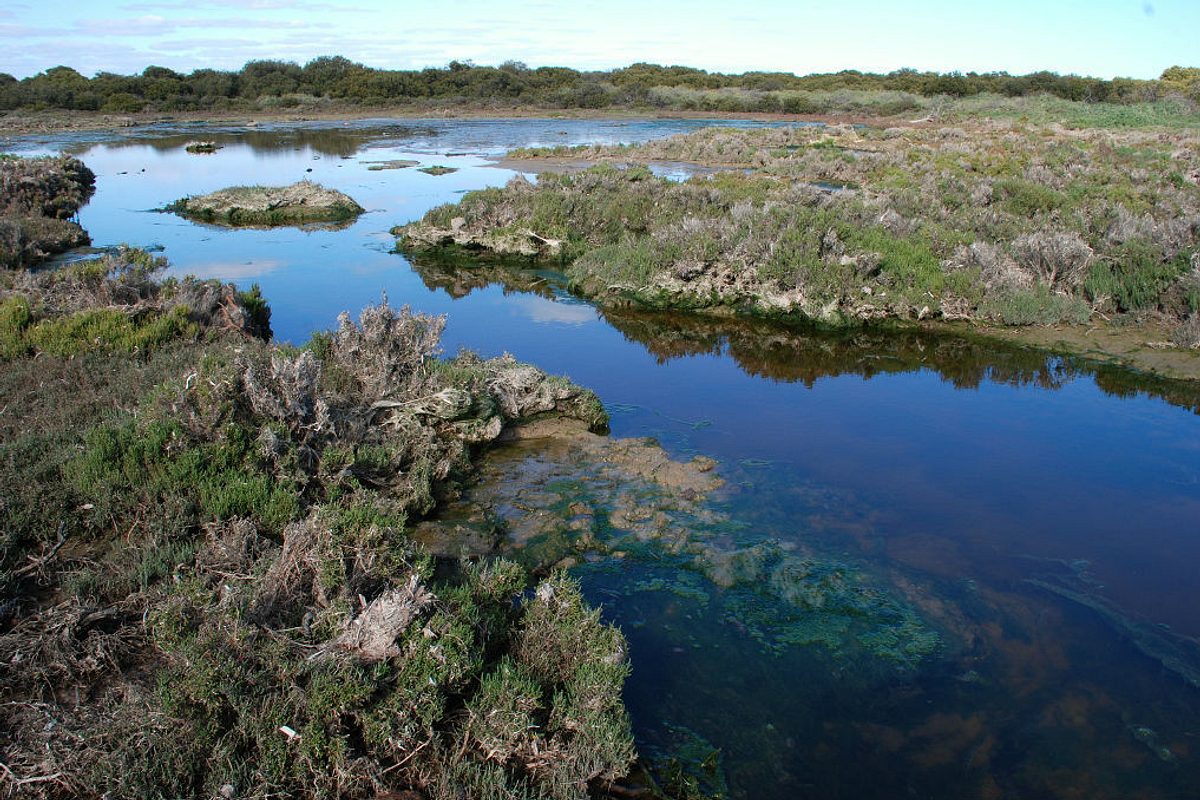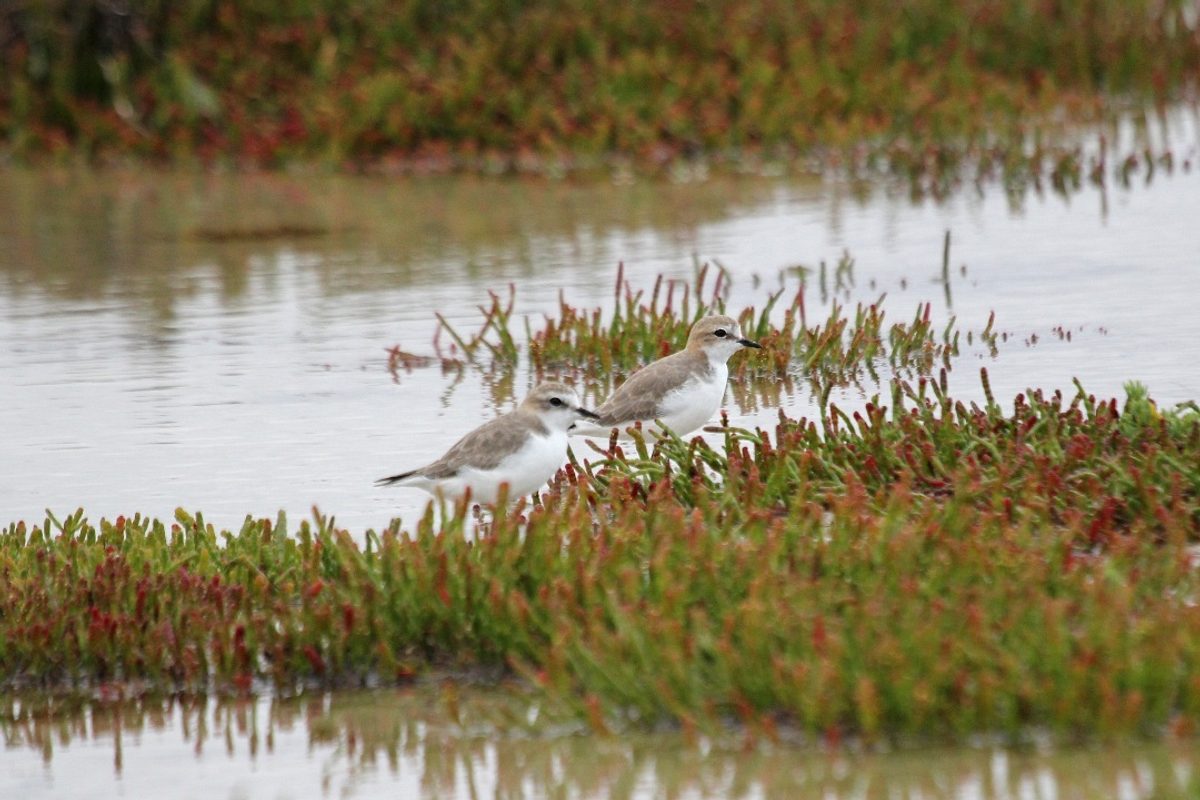
Unpacked: Blue carbon and how it benefits South Australia
What is blue carbon?
Blue carbon is carbon captured and stored in coastal environments like seagrass meadows, saltmarshes and mangroves.
More simply, it’s a bunch of plants in water that suck in carbon and then store it in the soil. This helps the plants grow and removes excess carbon from the Earth’s atmosphere.

But wait, is carbon bad?
It isn’t bad. It’s a chemical element like oxygen and it’s in every living thing.
Carbon-rich materials like oil, coal and natural gas give energy to things like cars, planes, trains and heaters. But the emissions from those machines cause excess carbon in the atmosphere.
When lots of excess carbon exists in the atmosphere it causes the planet to heat up by acting as a blanket that traps heat near the surface.
This leads to rising sea levels and extreme weather events.
How can blue carbon help combat climate change?
If the planet had more coastal environments like seagrass meadows, saltmarshes and mangroves it would mean more plants to help remove excess carbon from the atmosphere, which would contribute to reducing the Earth’s temperature.
The special thing about blue carbon is that these coastal environments store far more carbon than land-based forests.
This is because carbon stored in coastal soil can remain trapped for longer periods of time.

Don't forget the other benefits
Healthy and rich coastal environments also attract wildlife, support fishing and provide economic benefits.
Is there blue carbon in South Australia?
Yes, South Australia has over one million hectares of mangroves, saltmarsh and seagrass meadows.
Blue carbon sites are scattered all along the SA coast, with some key sites to the north of Adelaide at the wetlands in the Adelaide International Bird Sanctuary National Park - Winaityinaiyti Pangkara, as well as the Coorong and Lakes Alexandrina and Albert Wetland. The two gulfs – Spencer and St Vincent – are also blue carbon hotspots.
All of South Australia’s coastal environments combined capture and store up to 3.6 per cent of the state’s carbon emissions each year. That’s roughly the equivalent of taking 300,000 cars off the road.
But, over time, South Australia’s coastal environments have become degraded and need help.
That’s where South Australia’s new plan for blue carbon comes in.

How will the new plan help?
A five-year Blue Carbon Strategy for South Australia has been developed to restore and establish coastal environments across the state.
There is already an Australian Government Emissions Reduction Fund which provides funding to Australian businesses and managers of land and sea to adopt smarter practices to reduce their carbon emissions. But there are no blue carbon projects funded by this program yet.
This new strategy aims to plan upcoming scientific investigations, trial projects and form public and private partnerships to finance blue carbon opportunities right here in South Australia.
Is SA investing in blue carbon projects?
Absolutely. Our state’s reputation as a world leader in blue carbon has been bolstered with nearly $2 million of new investment in projects to restore coastal wetlands and improve South Australian blue carbon capability and knowledge.
A $1.2 million partnership with The Nature Conservancy and COmON Foundation will restore up to 2,000 hectares of wetlands across hundreds of kilometres in St Vincent and Spencer Gulfs.
This is complemented by about $600,000 of partnerships with Green Adelaide, Flinders University and University of Adelaide to deliver four Blue Carbon Futures Fund projects to explore the value of carbon stored along Adelaide’s coastline, and how it can be enhanced by restoration.
How can you get involved?
You can start by reading the Blue Carbon Strategy for South Australia.
If you own a business with an interest in coastal environments, or are part of a coastal community group, subscribe to the SA coasts eNews, visit the Department for Environment and Water coasts website or touch base with the SA coasts team to find out how to get involved in blue carbon projects.
Main image: Adelaide International Bird Sanctuary wetlands, St Kilda, South Australia
This story was originally posted in November 2019 and has been updated with new information.





